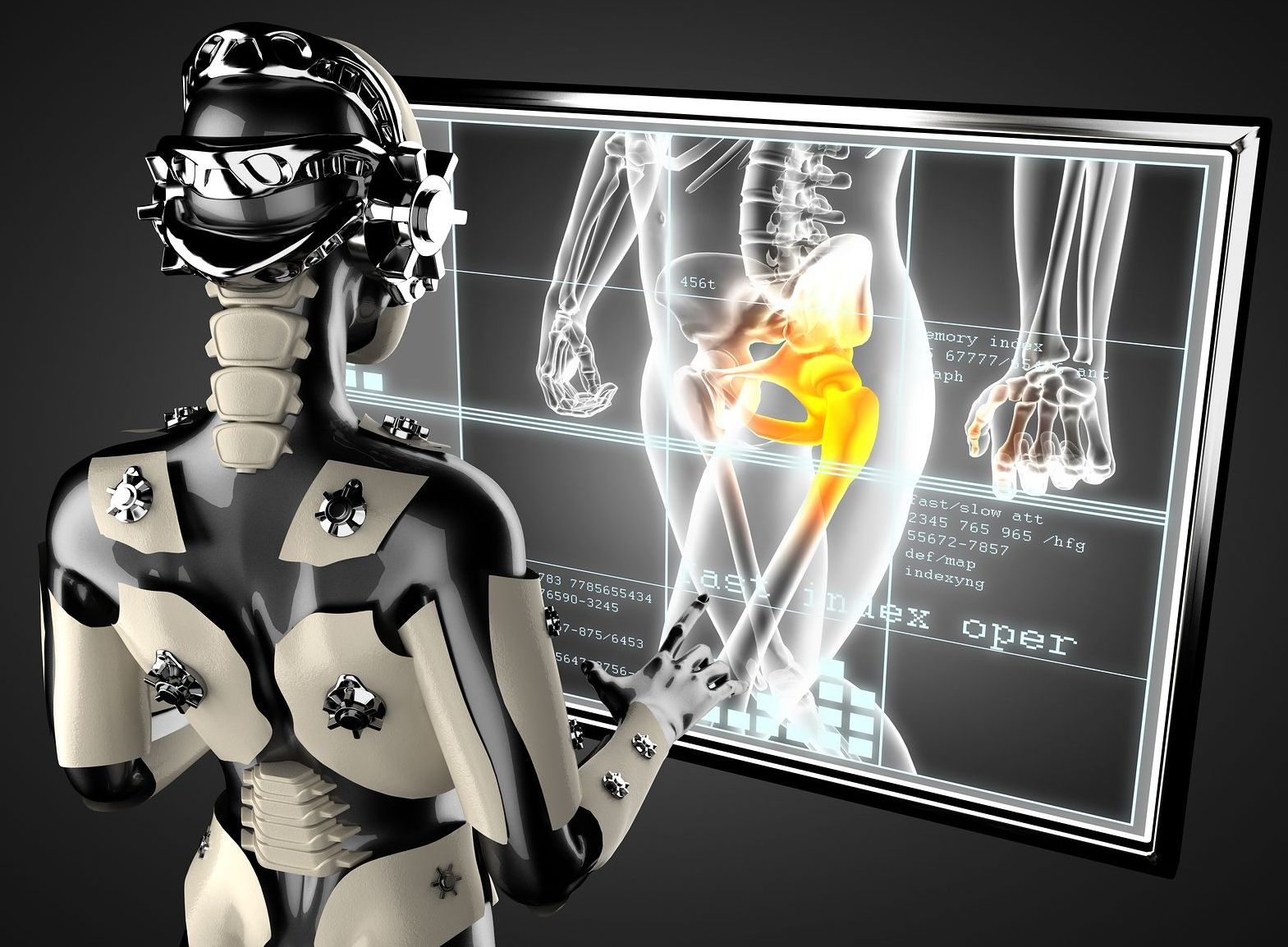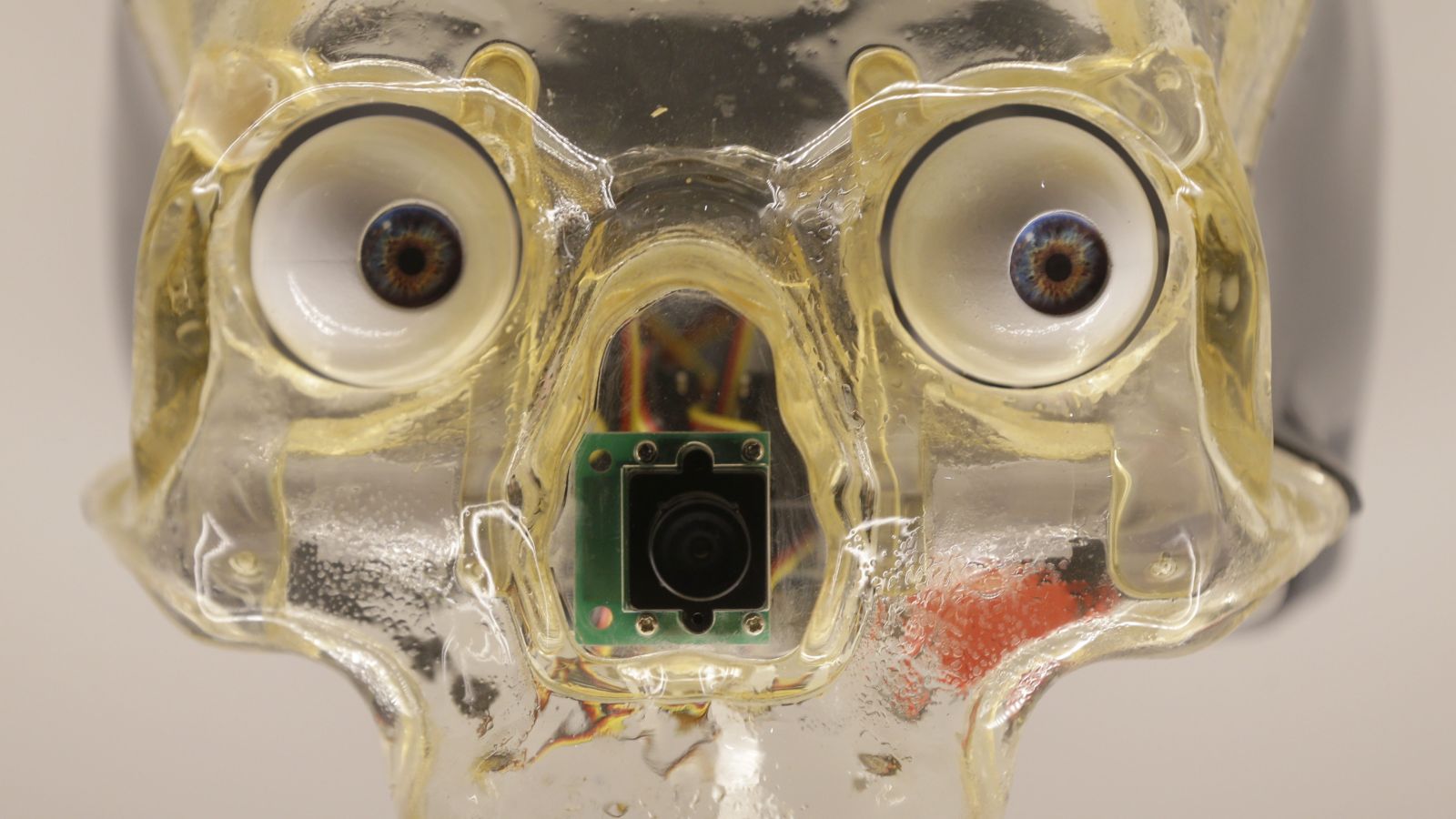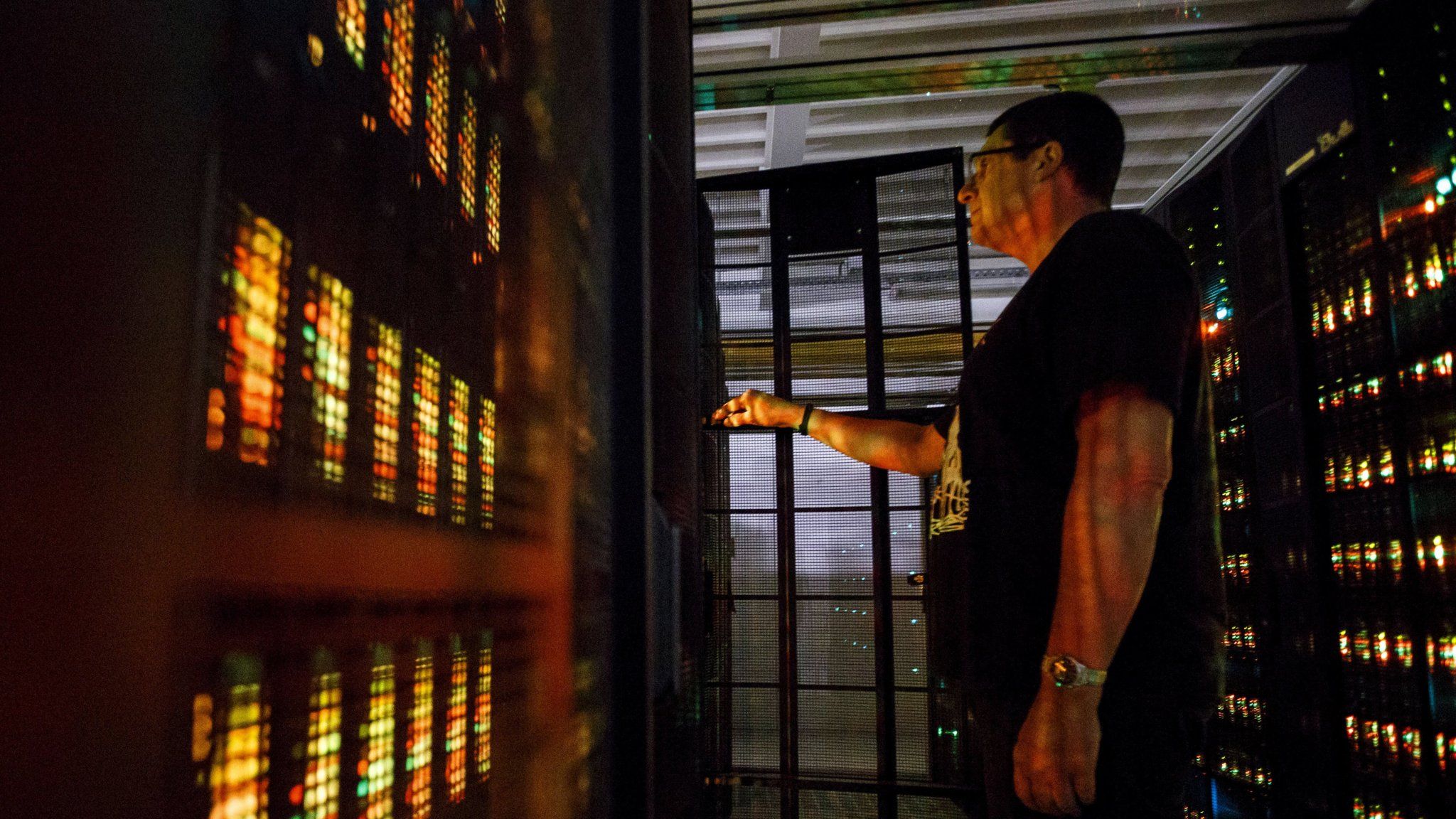There is a radio edit (about one half hour) and an unabridged version (about one hour long).
Category: information science – Page 332

9 Artificial Intelligence Startups in Medical Imaging
You don’t have to be a gambler to appreciate the complexities of the card game Texas Hold ‘Em. It involves a strategy that needs to evolve based on the players around the table, it takes a certain amount of intuition, and it doesn’t require the player to win every hand. Just a few days ago, an artificial intelligence (AI) algorithm named Libratus beat four professional poker players at a no-limit Texas Hold ‘Em tournament played out over 20 days.
If you have even the slightest understanding of how to write code, you would realize that it is impossible to actually code a software program to do that with such “imperfect information”. The AI algorithm did exceptionally well and was utilizing strategies that humans had never used before. Professional poker players are in no danger of losing their jobs, but the incredible capabilities of what AI is mastering these days should make everyone wonder just how safe their jobs actually are.
Let’s take the $3 billion medical imaging market. It’s no secret that AI is now performing certain medical imaging tasks better than human doctors. Pundits say “well, people will always trust a human doctor over an AI” and the answer we’d have to that is “not if the AI is going to give a more accurate answer “. It’s only a matter of time before every X-ray machine is connected to the cloud and one human doctor per hospital puts his hand on your shoulder when he reads you the output from the AI algorithm. Kind of like this:

MIT and Google researchers have made AI that can link sound, sight, and text to understand the world
If we ever want future robots to do our bidding, they’ll have to understand the world around them in a complete way—if a robot hears a barking noise, what’s making it? What does a dog look like, and what do dogs need?
AI research has typically treated the ability to recognize images, identify noises, and understand text as three different problems, and built algorithms suited to each individual task. Imagine if you could only use one sense at a time, and couldn’t match anything you heard to anything you saw. That’s AI today, and part of the reason why we’re so far from creating an algorithm that can learn like a human. But two new papers from MIT and Google explain first steps for making AI see, hear, and read in a holistic way—an approach that could upend how we teach our machines about the world.
“It doesn’t matter if you see a car or hear an engine, you instantly recognize the same concept. The information in our brain is aligned naturally,” says Yusuf Aytar, a post-doctoral AI research at MIT who co-authored the paper.
This Artificially Intelligent Robot Composes and Performs Its Own Music
Shimon—a four-armed marimba playing robot—has been around for years, but its developers at Georgia Tech have recently taken this futuristic musical machine to the next level. Using deep learning, the robot can now study large datasets from well-known musicians, and then produce and perform its own original compositions.
Shimon was originally developed by Gil Weinberg, director of Georgia Tech’s Center for Music Technology. Under its original programming, the robot was capable of improvising music as it played alongside human performers, using an “interestingness” algorithm to make sure it wasn’t just copying its bandmates. But now, thanks to the efforts of Ph.D. student Mason Bretan, Shimon has become an accomplished composer, capable of autonomously generating the melodic and harmonic structure of a song. And you know what? Shimon’s songs are actually quite good!

Building the Public Goods of the Twenty-First Century
Meanwhile there was a Big New Development. The Internet and digital technology came of age. And here’s the thing. Digital artefacts – whether they’re an algorithm, a website, an app or a coding language – are always and everywhere potential public goods. Once produced digital artefacts are essentially costless to replicate which raises the question of whether they can or should be made freely available to all.
Digital public goods in the age of the data revolution.

When artificial intelligence is bad news for the boss
The two academic authors from Massachusetts Institute of Technology, who became the pin-up boys of the Davos crowd for their previous book on The Second Machine Age (2014), do a neat job of scanning the technological horizon and highlighting significant landmarks. This is a clear and crisply written account of machine intelligence, big data and the sharing economy. But McAfee and Brynjolfsson also wisely acknowledge the limitations of their futurology and avoid over-simplification. No one can really have much idea how the business world is going to evolve or predict the precise interplay between all these fast-changing forces.
A new book by the authors of ‘The Second Machine Age’ suggests that digital disruption is coming to the corner office.

Ml4SETI Hackathon and Code Challenge
The SETI Institute is hosting a global, public hackathon and code challenge to find a robust signal classification algorithm for use in our mission to find E.T. radio communication.
The Data Set
Each night, the SETI Institute observes signals across the radio frequency spectrum using the Allen Telescope Array (ATA). The signal detection system at the ATA searches for narrow-band radio signals coming directly from particular targets in the sky.
A Net Neutrality Nightmare? / Part II (Future A to Z)
The recent efforts to remove Net Neutrality have given many a sense of impending doom we are soon to face. What happens to an Internet without Net Neutrality? Advocates have a vision of the possible results — and it is quite the nightmare! In this segment of Future A to Z, The Galactic Public Archives takes a cheeky, yet compelling perspective on the issue.

The “Door’ To Another Universe…Can We Find The Black Hole That Opens It…Physicists Say “Yes!”
According to a mind-bending new theory, a black hole could actually be a tunnel between universes, meaning our universe may be nested inside a black hole that is part of a larger universe. The theory explains that the matter doesn’t collapse into a single point, but rather gushes out a “white hole” at the other end of the black one.
The theory was published in the journal Physics Letters B, by Indiana University physicist Nikodem Poplawski. In his article, he presents new mathematical models of the spiraling motion of matter falling into the black hole. His equations suggest that wormholes are probable alternatives to the “space-time singularities” originally predicted by Albert Einstein.
Einstein’s equations for general relativity suggest singularities are created whenever matter in a given region gets too dense as would happen at the center of a black hole. Singularities are infinitely dense and hot, and take up no space. This idea has been supported by indirect evidence but has never been fully accepted into the scientific community.

The meaning of life in a world without work
Most jobs that exist today might disappear within decades. As artificial intelligence outperforms humans in more and more tasks, it will replace humans in more and more jobs. Many new professions are likely to appear: virtual-world designers, for example. But such professions will probably require more creativity and flexibility, and it is unclear whether 40-year-old unemployed taxi drivers or insurance agents will be able to reinvent themselves as virtual-world designers (try to imagine a virtual world created by an insurance agent!). And even if the ex-insurance agent somehow makes the transition into a virtual-world designer, the pace of progress is such that within another decade he might have to reinvent himself yet again.
The crucial problem isn’t creating new jobs. The crucial problem is creating new jobs that humans perform better than algorithms. Consequently, by 2050 a new class of people might emerge – the useless class. People who are not just unemployed, but unemployable.
The same technology that renders humans useless might also make it feasible to feed and support the unemployable masses through some scheme of universal basic income. The real problem will then be to keep the masses occupied and content. People must engage in purposeful activities, or they go crazy. So what will the useless class do all day?